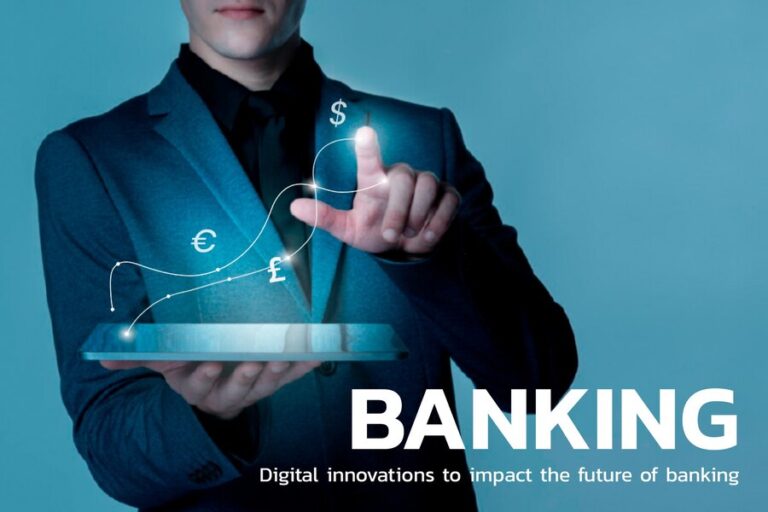In recent years, the financial landscape has undergone a significant transformation, with digital lending emerging as a powerful force reshaping how consumers and businesses access credit. This shift towards digital platforms has revolutionized traditional lending practices, making loans more accessible, efficient, and tailored to individual needs. As we explore the rise of digital lending, we will delve into its benefits, trends, and the future it holds for borrowers and lenders alike.
What is Digital Lending?

Digital lending refers to the process of applying for and obtaining loans through online platforms rather than traditional banks or credit unions. This approach utilizes technology to streamline loan applications, approvals, and disbursements, enabling borrowers to access funds quickly and conveniently. With the advent of mobile applications and online financial services, consumers can now manage their borrowing needs from the comfort of their homes.
Key Benefits of Digital Lending
- Speed and Convenience
One of the most significant advantages of digital lending is the speed at which loans can be processed. Traditional loan applications often involve lengthy paperwork and in-person visits to banks. In contrast, digital lending platforms allow borrowers to complete applications online in minutes, with many lenders offering same-day approvals and fund disbursements. - Accessibility
Digital lending has democratized access to credit. Individuals who may have been overlooked by traditional lenders due to limited credit history or income can now find options tailored to their circumstances. Many platforms use alternative data sources to assess creditworthiness, making it easier for underserved populations to secure loans. - Personalization
With advanced analytics and artificial intelligence (AI), digital lenders can offer personalized loan products that cater to individual needs. By analyzing user data, these platforms can recommend tailored interest rates, repayment terms, and loan amounts that align with a borrower’s financial profile. - Lower Costs
Digital lenders often have lower operational costs compared to traditional banks due to reduced overhead expenses. These savings can translate into lower interest rates and fees for borrowers, making loans more affordable. - Enhanced Customer Experience
The user experience on digital lending platforms is designed to be intuitive and user-friendly. Borrowers can track their application status in real-time, receive instant notifications about approvals or disbursements, and access customer support through various channels.
Trends Shaping the Future of Digital Lending
- Automated Decisioning
Automated decisioning systems are becoming increasingly common in digital lending. These systems analyze vast amounts of data in real-time to assess creditworthiness quickly, reducing the need for manual intervention and expediting the approval process. - Mobile Lending
The rise of smartphones has led to a surge in mobile lending applications. Borrowers can now apply for loans directly from their devices, making it easier than ever to access funds on-the-go. - Blockchain Technology
Blockchain is set to revolutionize digital lending by enhancing security and transparency in transactions. This technology can reduce fraud risks and streamline processes such as loan origination and verification. - Embedded Finance
Embedded finance integrates financial services into non-financial platforms, allowing consumers to access credit seamlessly during their shopping experience—think Buy Now Pay Later (BNPL) options available at checkout. - Focus on Financial Inclusion
As digital lending continues to grow, there is a strong emphasis on promoting financial inclusion. Many fintech companies are developing products aimed at helping low-income individuals build credit histories and access affordable loans.
Conclusion
The rise of digital lending marks a new era for loans, characterized by enhanced accessibility, speed, personalization, and efficiency. As technology continues to evolve, so too will the opportunities for both borrowers and lenders within this dynamic landscape. Embracing these changes can lead to more inclusive financial solutions that empower individuals and stimulate economic growth.
FAQs
1. What is digital lending?
Digital lending refers to obtaining loans through online platforms instead of traditional banks or credit unions, utilizing technology for faster processing.
2. What are the advantages of digital lending?
Advantages include speed and convenience, enhanced accessibility for underserved populations, personalized loan offerings, lower costs due to reduced overheads, and improved customer experience.
3. How quickly can I get a loan through a digital lender?
Many digital lenders offer same-day approvals with funds disbursed within 24 hours after approval.
4. Can I get a loan with bad credit through a digital lender?
Yes! Many digital lenders use alternative data sources for assessing creditworthiness, increasing options for those with limited or poor credit history.
5. What types of loans are available through digital lending platforms?
Digital platforms offer various loan types including personal loans, auto loans, student loans, mortgages, and business loans.
6. Are there fees associated with digital loans?
Yes, fees may include origination fees or late payment penalties; always review terms before accepting a loan offer.
7. How do I apply for a loan through a digital lender?
You typically fill out an online application form providing personal information such as income details and identification documents.

